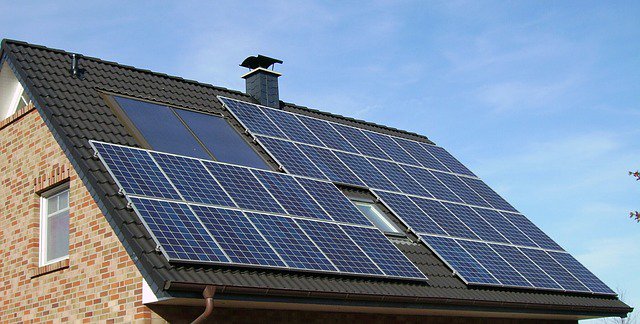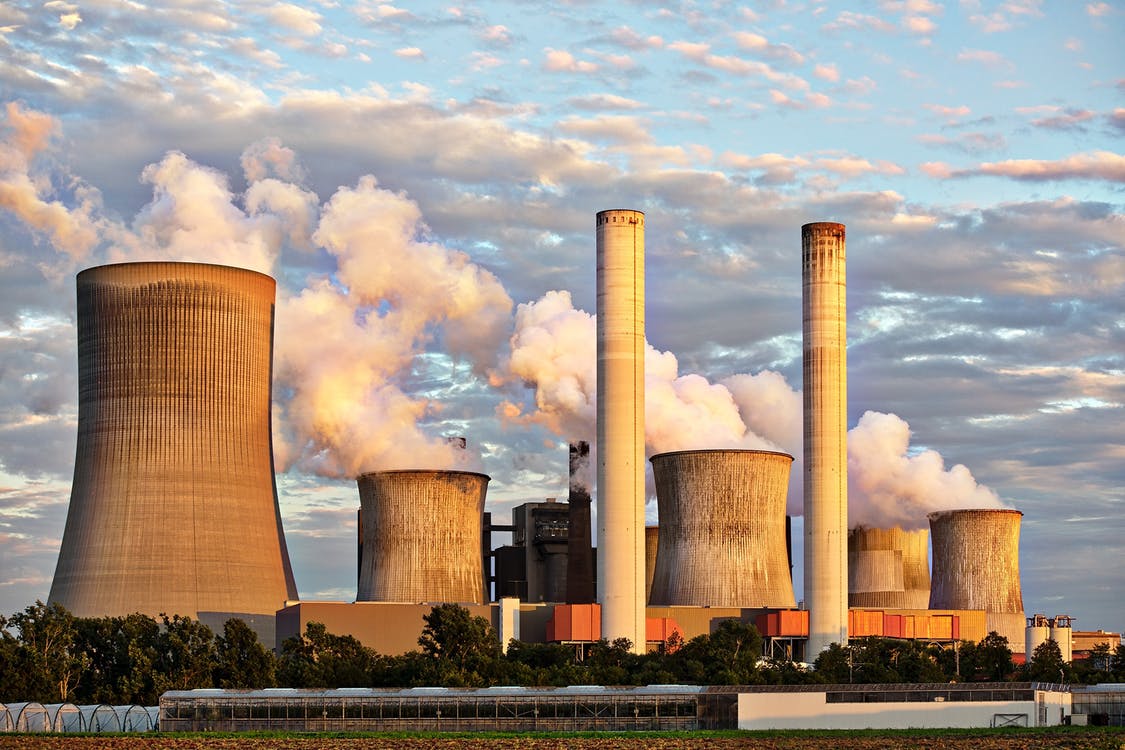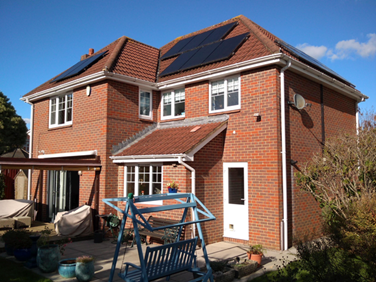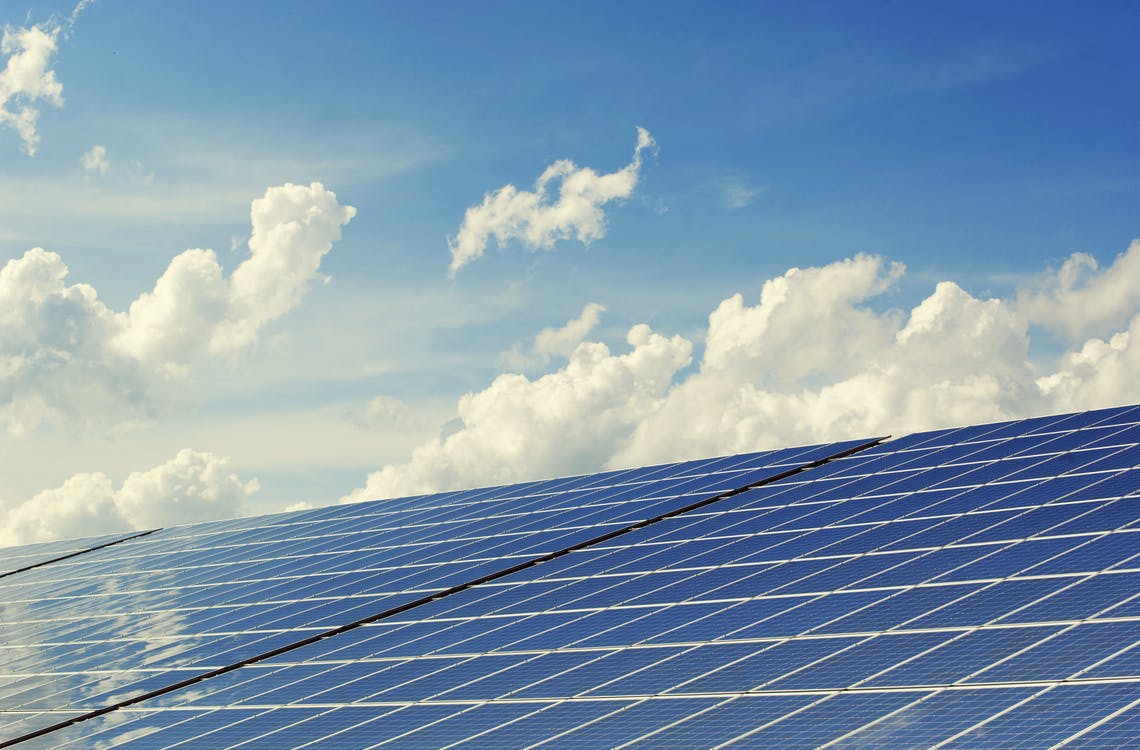‘People are worried’: the ‘prepper’ shops serving Britons who fear doomsday is coming
Spurred by lockdowns, floods and war in Europe, retail demand for survival supplies is rising steeply in the UK As Storm Babet battered the UK last month, a niche but growing section of the population could have felt justified in their unusual pursuit: preparing for disaster. With increasing threats posed by climate breakdown, such as flooding and wildfires,












